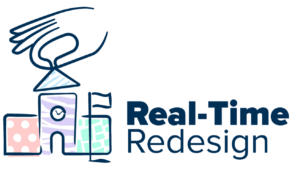A Toolkit For Managing Innovation Under ESSA

By Julia Freeland-Fisher and Thomas Arnett
The latest comprehensive federal education law, the Every Student Succeeds Act (ESSA), ushers in an unprecedented opportunity for states to transform K–12 public education. The law gives states the power to revisit the fundamental goals of their education systems and to potentially break free from constraints that have locked school systems into legacy funding, assessment and accountability models over the past decades.
Among other things, ESSA gives states new latitude to set goals, determine accountability metrics and rethink how to intervene in their lowest-performing schools.
Although standardized tests will remain a centerpiece of state accountability systems, states must broaden how they define student success by incorporating new metrics for determining school quality—such as attendance, school climate, students’ social-emotional development, teacher engagement or access to and success in advanced coursework. The law also restructures grant programs intended to fund school improvement and innovation.
But driving innovation in K–12 schools—both sustaining innovations that improve on existing school models and disruptive innovations that upend traditional approaches—will require more than simply modifying school performance goals or tweaking the tools used to drive school improvement. To pursue both types of innovation, states will need to encourage local school systems to fundamentally understand the processes and priorities that guide their day-to-day decisions.
States must take a deliberate approach to innovation under ESSA. They must buck the tendency to merely layer new metrics onto their existing policies and processes, hoping for the best. In other words, leaders will need to examine how current practices drive deeply ingrained processes across their school systems. Not doing so risks allowing the old system to simply cannibalize any new efforts in the ESSA era.
Luckily, innovation theory can help. In this brief, we do not prescribe specific innovations that schools should adopt under ESSA (although we mention a few). Instead, we offer a series of frameworks for thinking about how systems can successfully manage innovation under the new law:
The State Innovators Toolkit: A guide to successfully managing innovation under ESSA
For more, see:
- Are Your District Finances Ready For ESSA?
- ESSA: From Compliance to Opportunity
- “Yes, but…” An ESSA Myth Buster
Stay in-the-know with all things EdTech and innovations in learning by signing up to receive the weekly Smart Update.







0 Comments
Leave a Comment
Your email address will not be published. All fields are required.